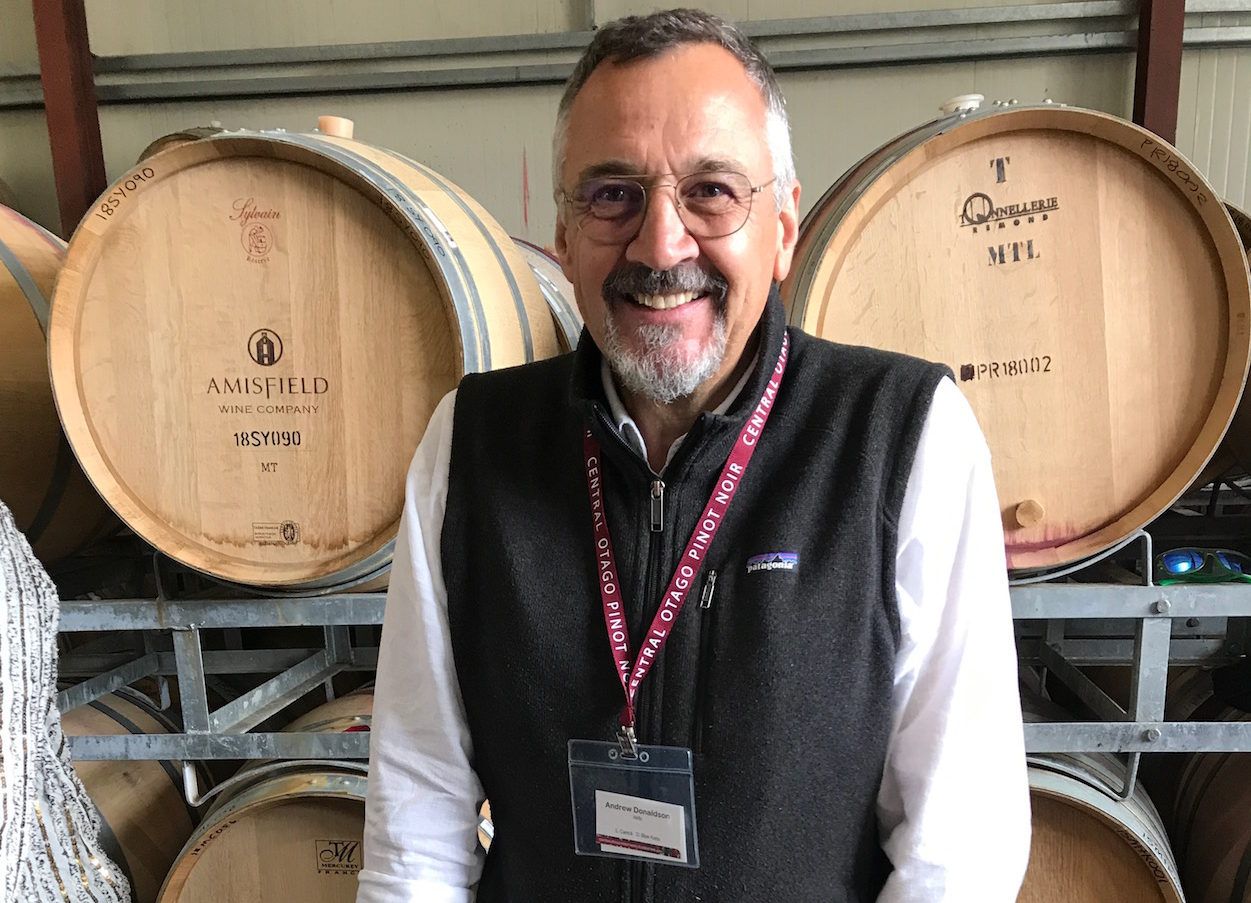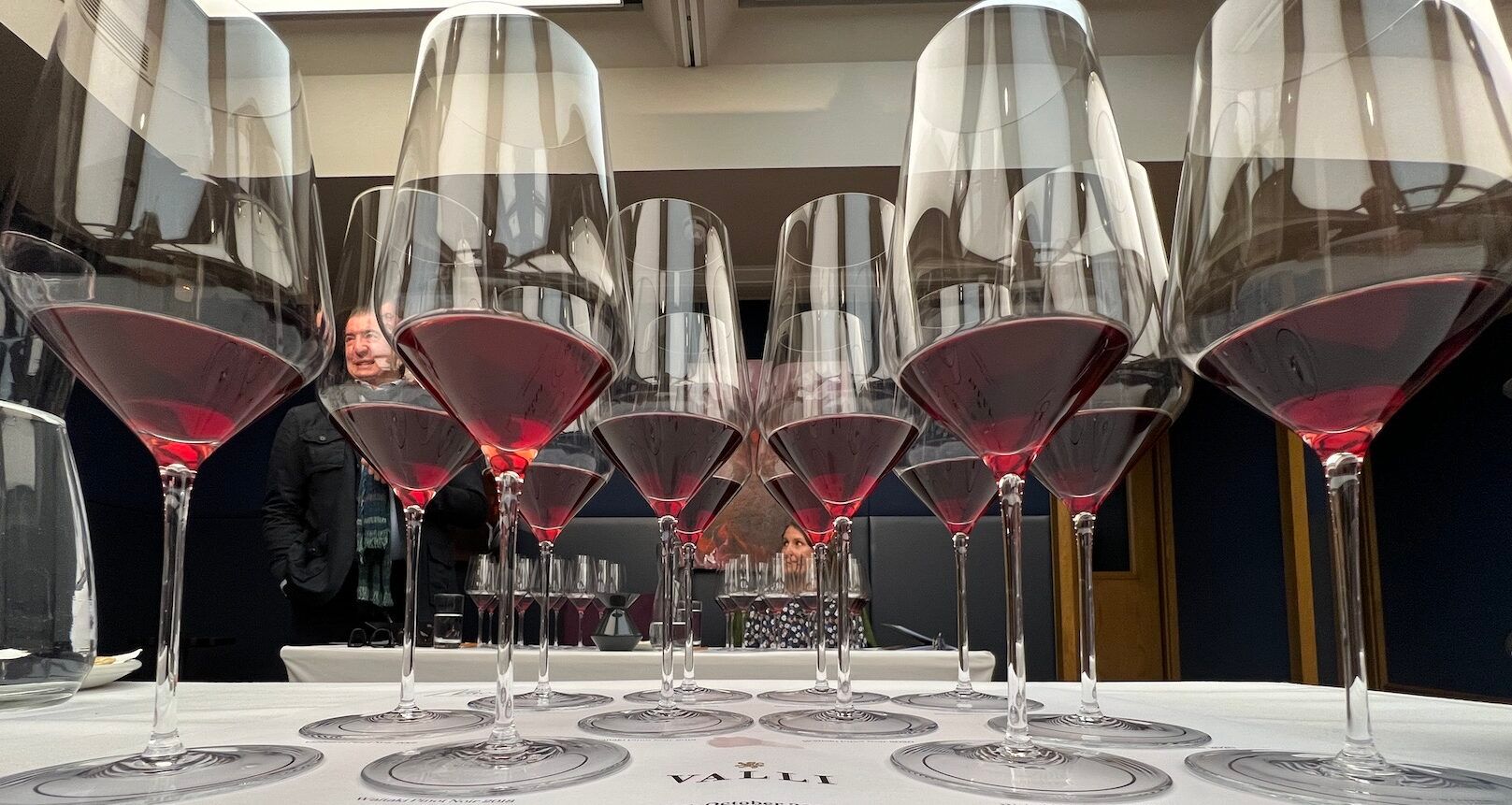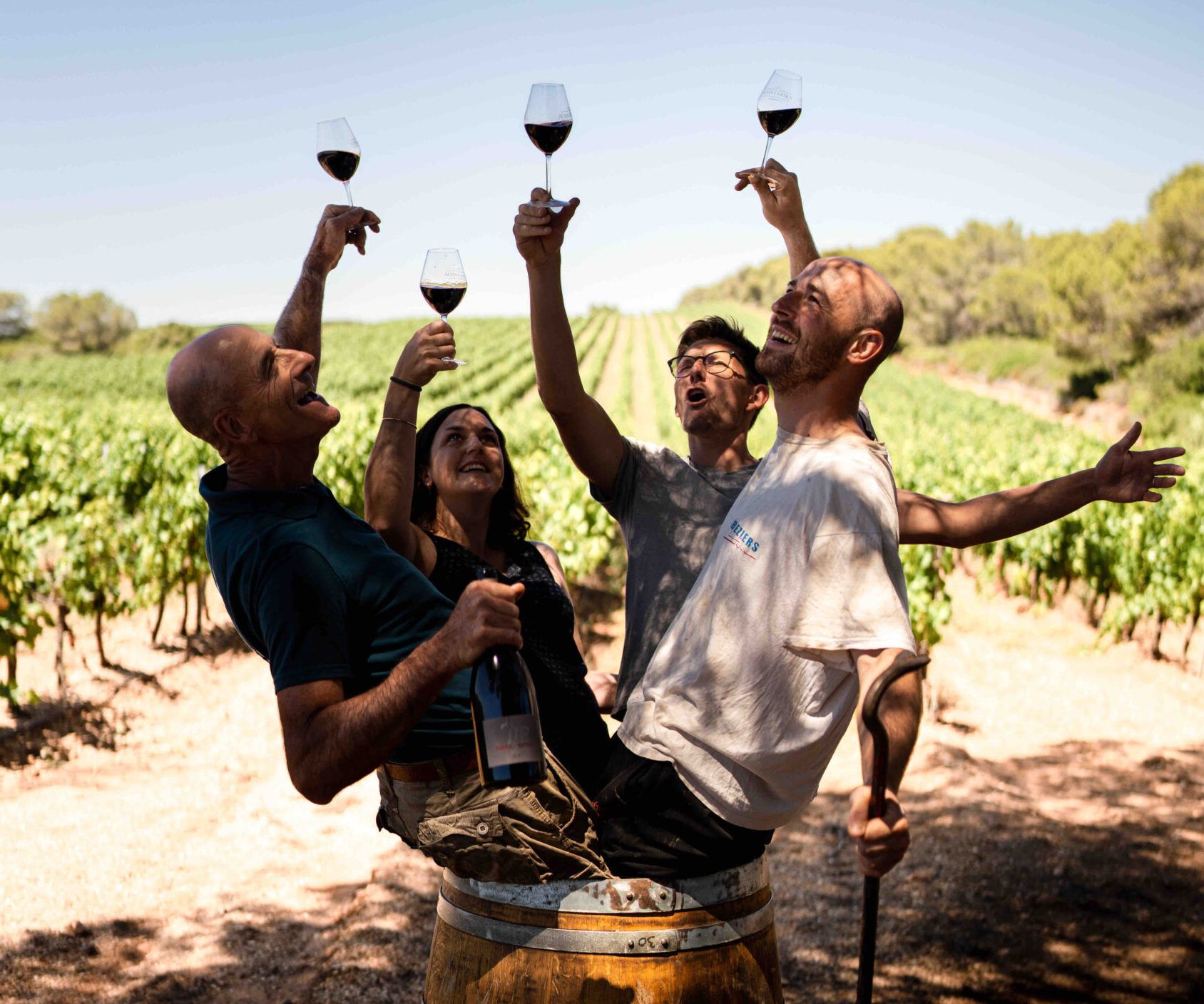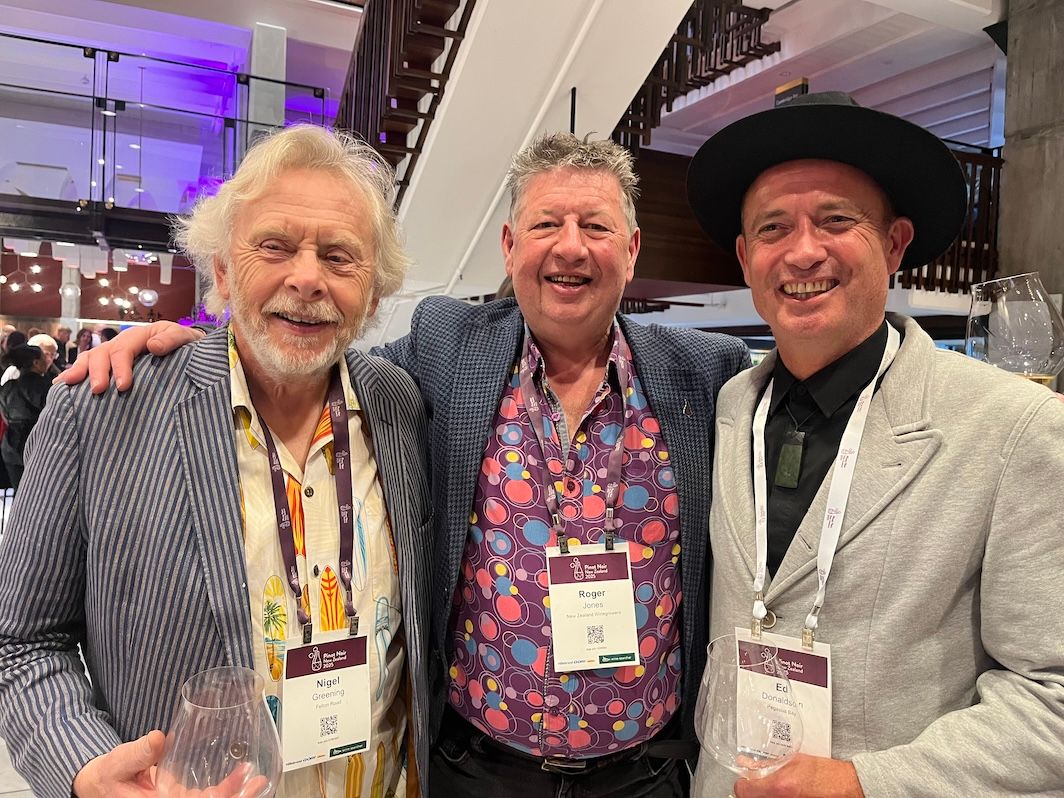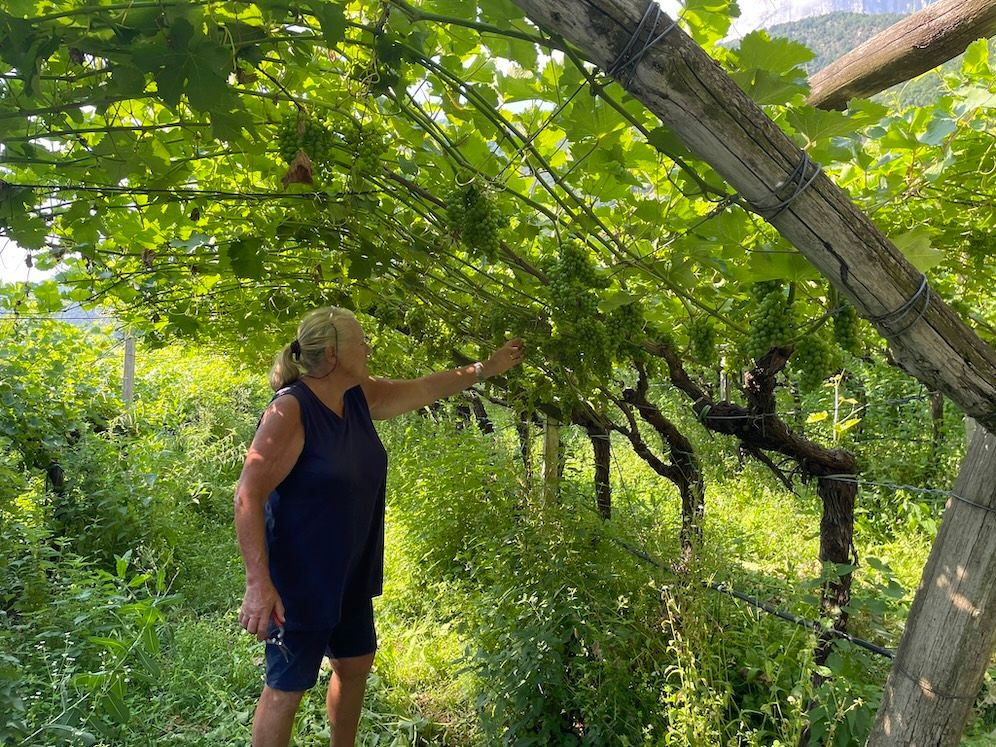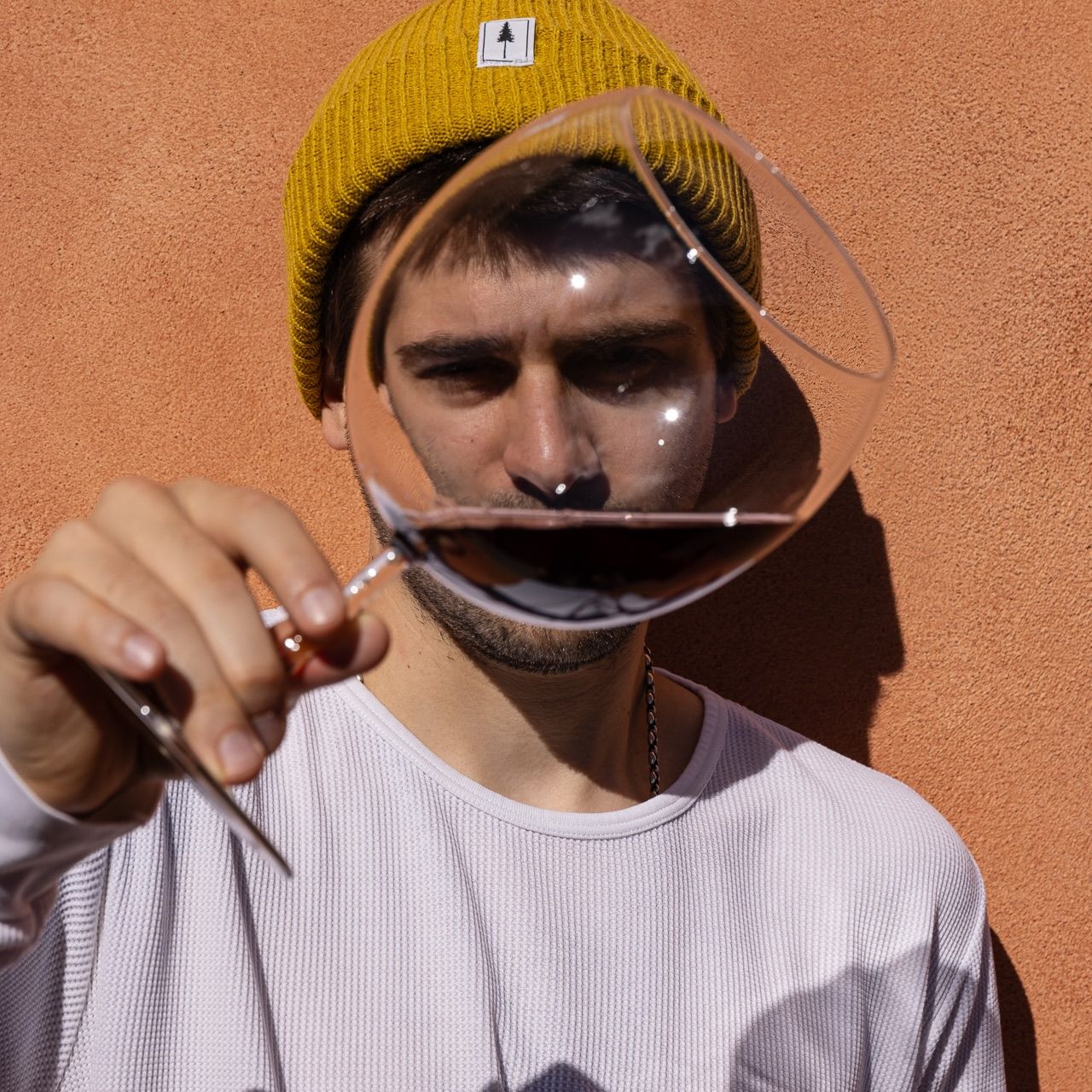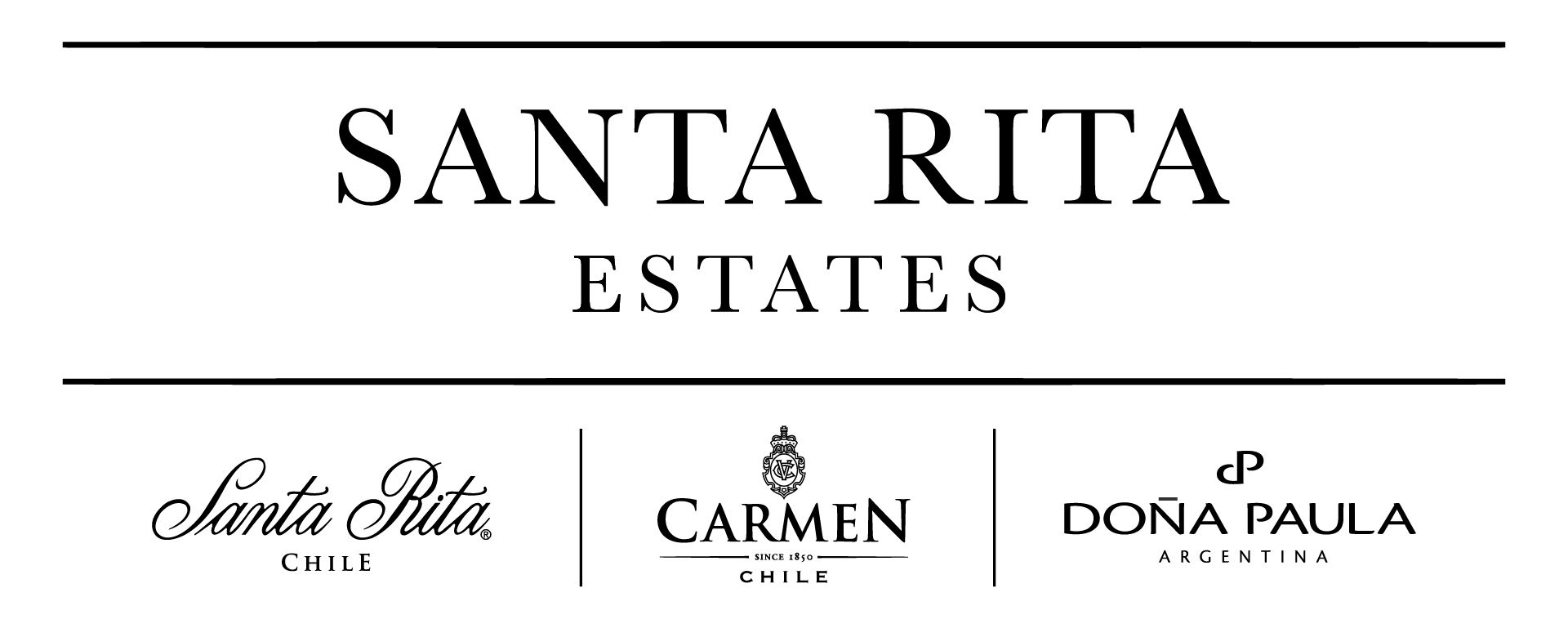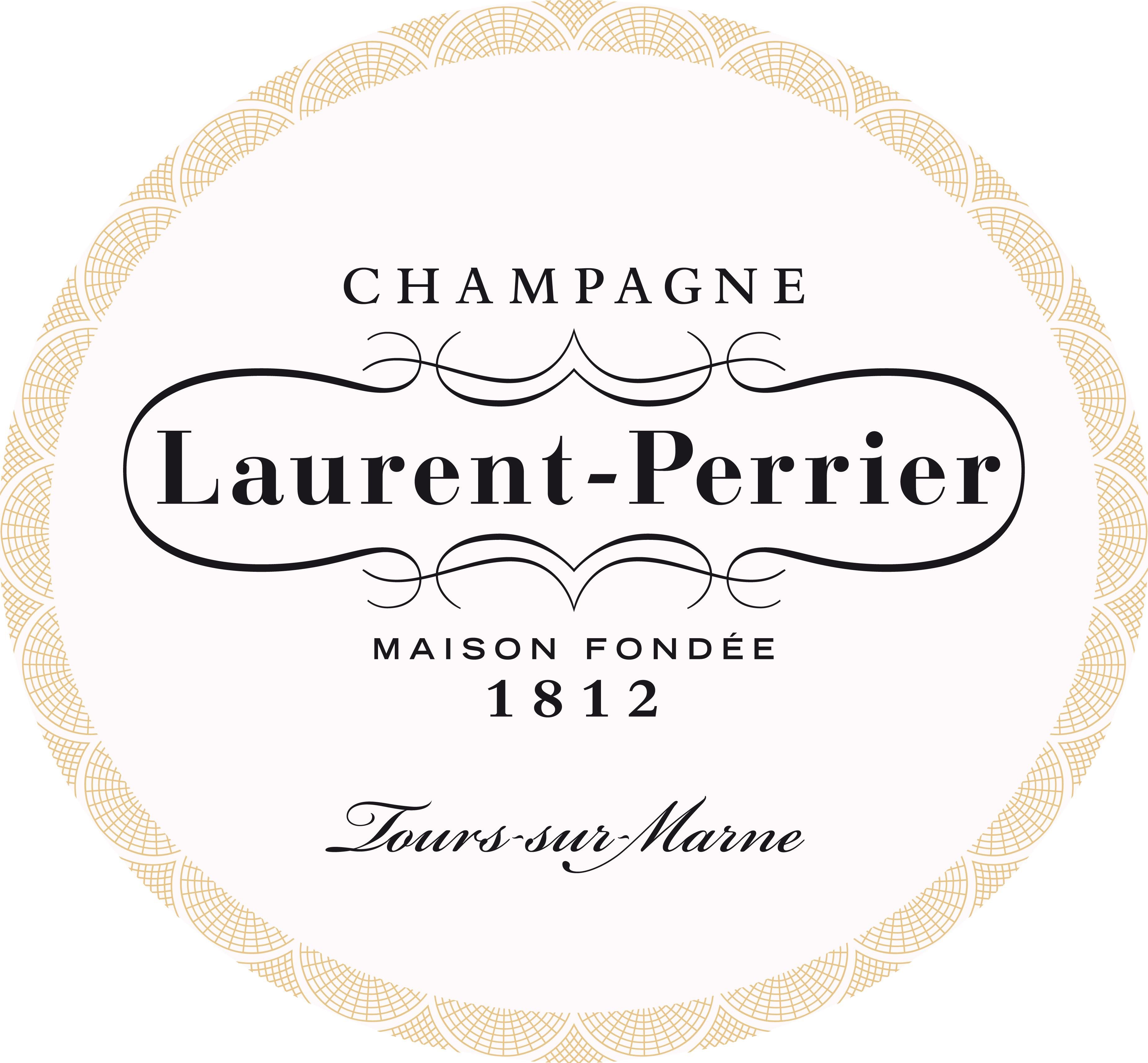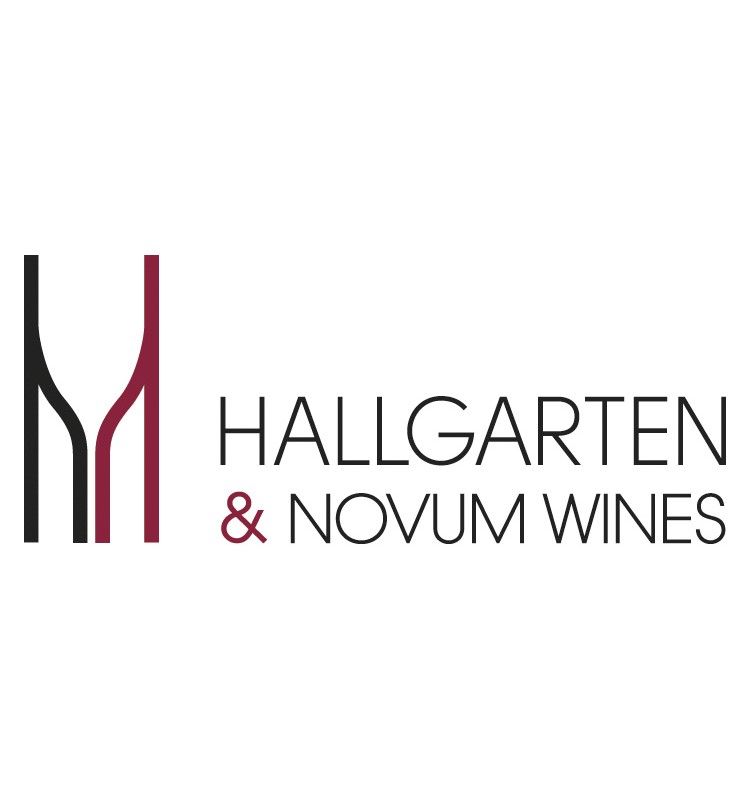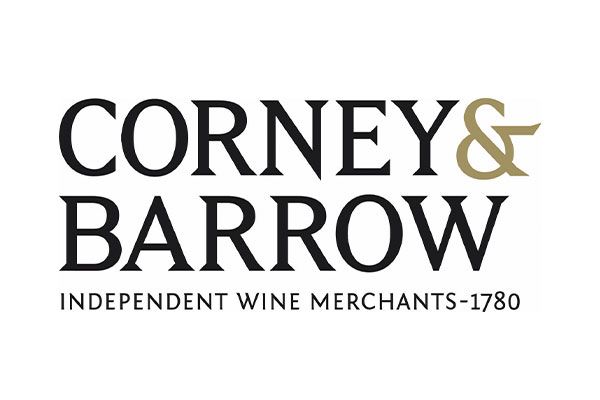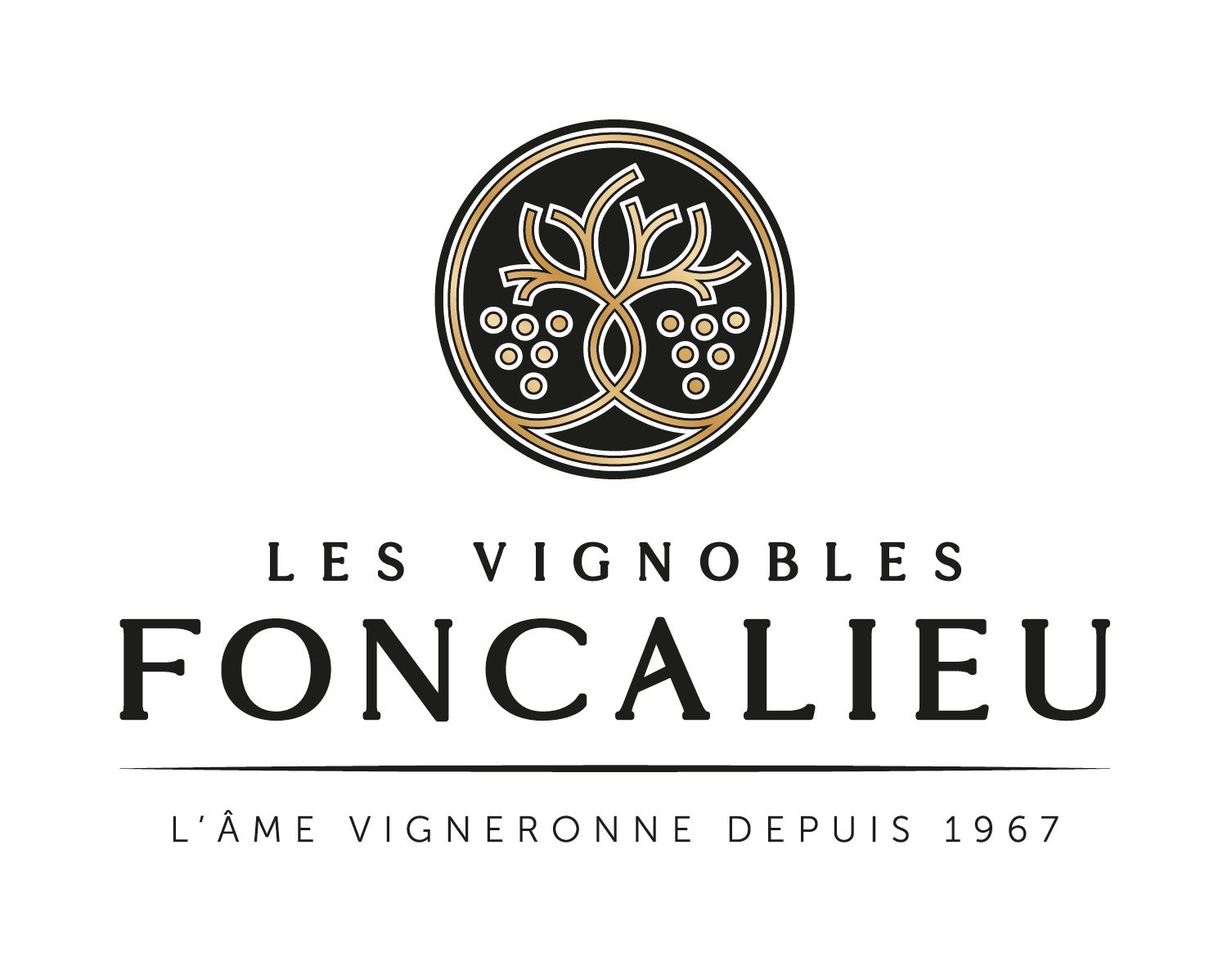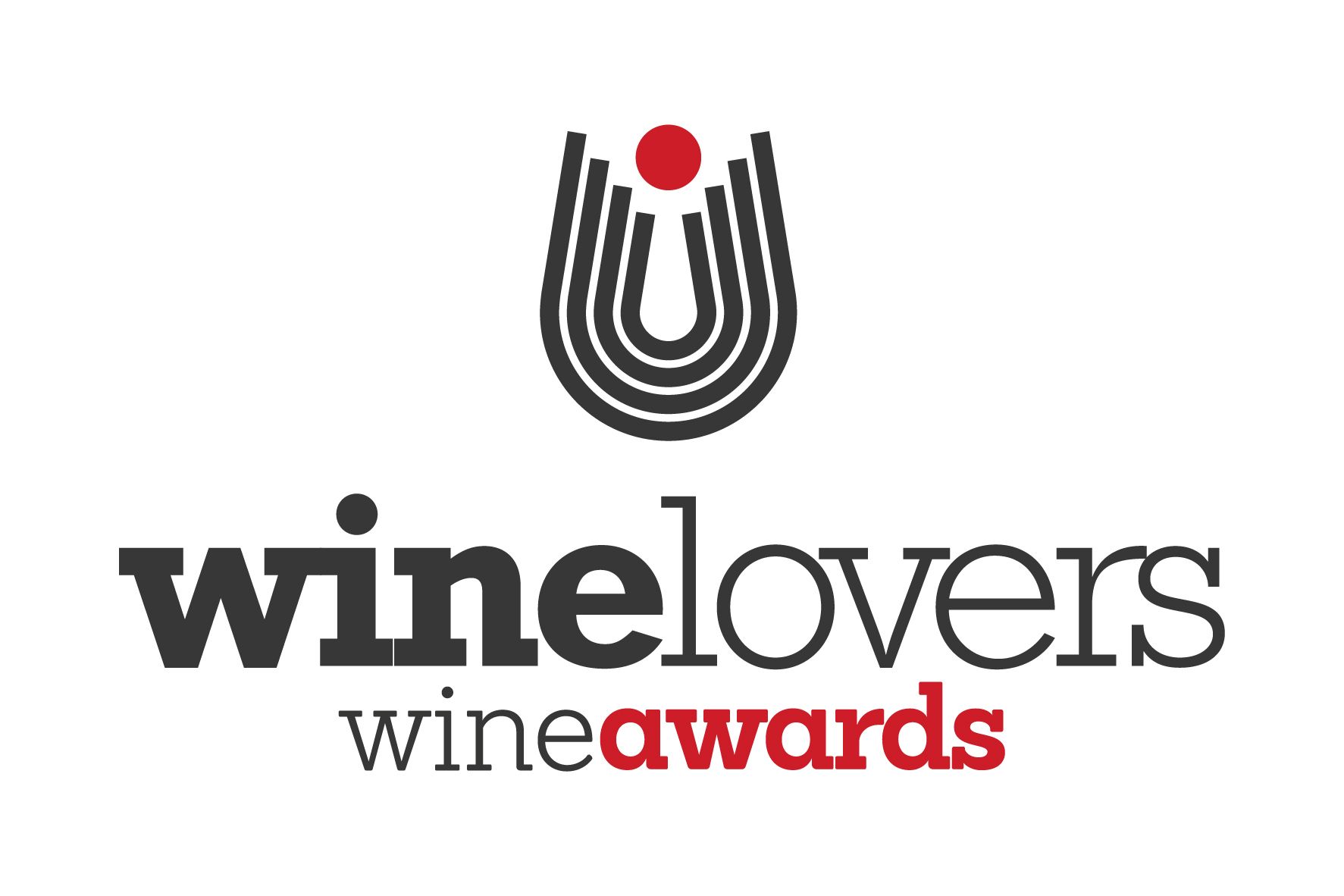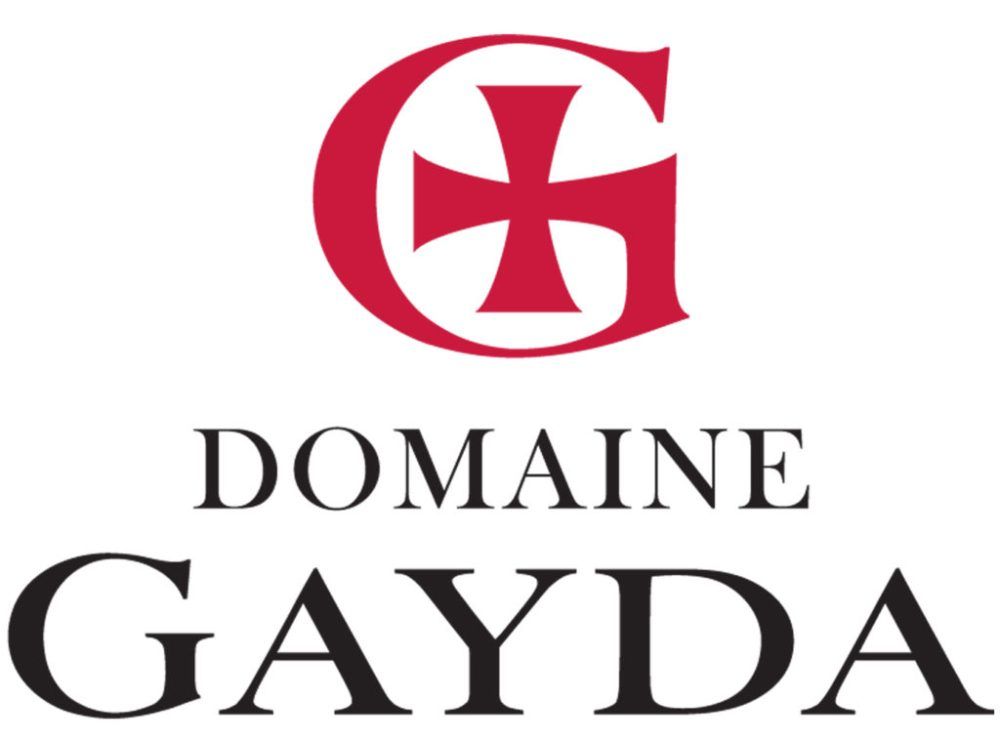In Maori, Akitu means summit, apex, or highest point, Donaldson explains, but notes that once the name was chosen it also turned out to be a Japanese girl’s name as well as the name of a Babylonian festival, relating to planting and reaping.
2017 marks only the sixth vintage for Akitu, this boutique Central Otago producer, but its name already stands for elegant, spicy, yet fruit-framed Pinot Noir – of the kind that changes perceptions of this region. Estate owner Andrew Donaldson, noting at the outset that he was neither a winemaker, nor a viticulturist, presented the latest vintage, of his two wines, A1and A2, alongside previous vintages – including the maiden vintage of 2012 – in the tasting room of the Institute of Masters of Wine in London.
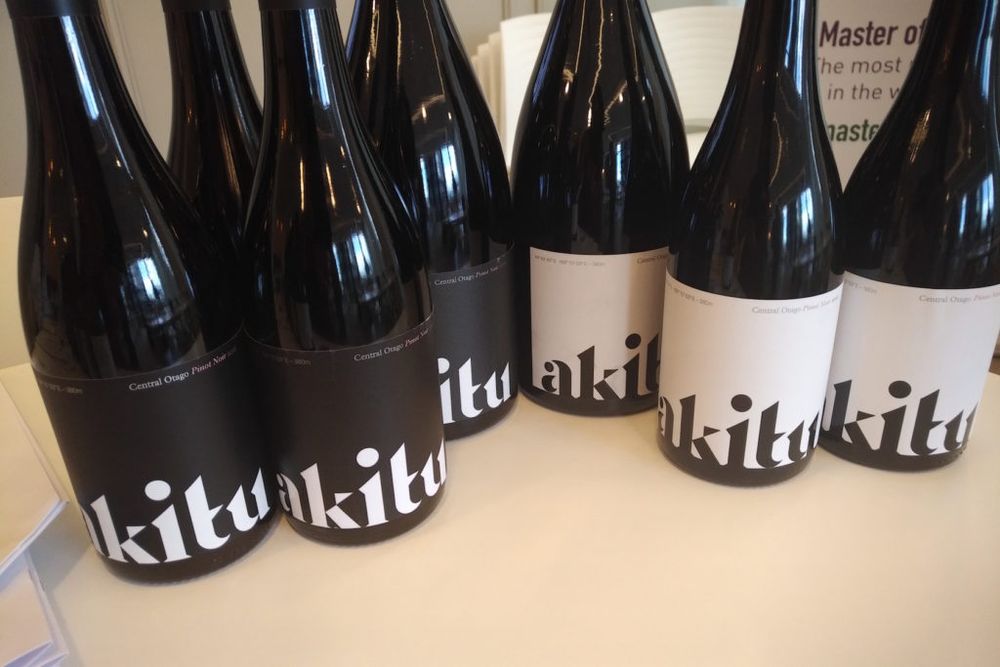
Donaldson made clear that the two wines A1– with a black label and white writing – and A2, a white label with black writing, followed two very different aims. A2, he said, was “an approachable, generous, succulent wine, a homage to Central Otago fruit, a really gorgeous wine that nobody has to talk about, just drink and ask for another glass.” A1, on the other hand, is the “holy grail, here the focus is less on fruit and more about acid and tannic structure.” The wines bore this out beautifully.
Both are sourced from his 12-hectare vineyard on a north-facing slope of Mount Barker which rises to 596m. Donaldson’s wines are planted at a breezy altitude of 380m in fractured schist. After outlining the remoteness, sparse population, weather patterns and pristine beauty of New Zealand, Donaldson homed in on the very different conditions within Central Otago, New Zealand’s only continental climate. Both the country’s highest and lowest temperatures that were ever measured occurred in one Central Otago village. So the weather is “extraordinary” and vintage variation is a given, especially in Donaldson’s frost-prone, high-altitude site where poor weather at flowering reduced his 2017 crop dramatically.
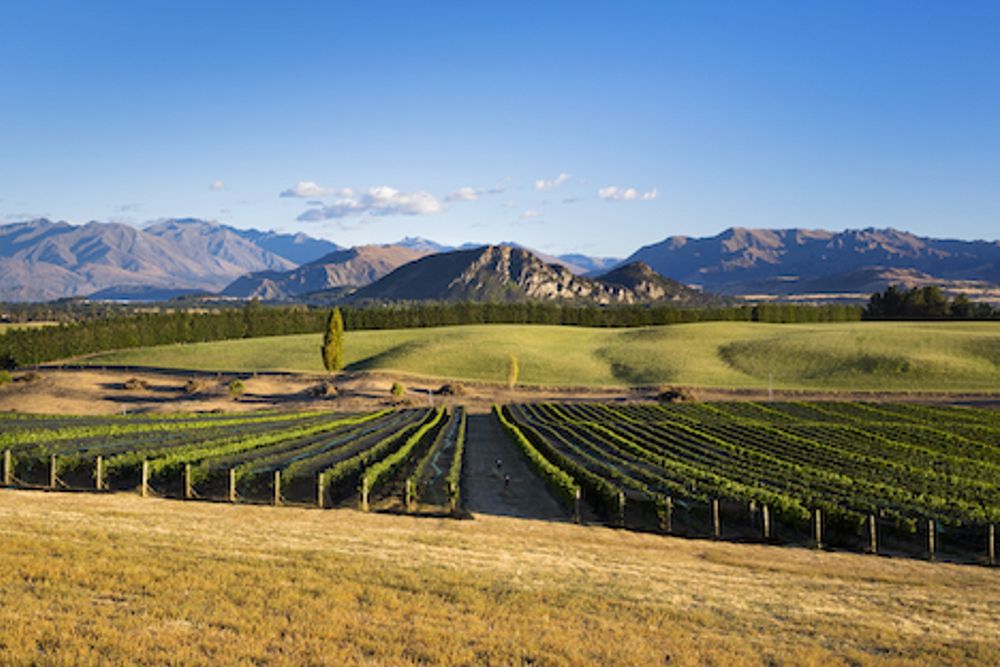
Donaldson: “Wanaka brought me to Pinot Noir” Photo ©CDT
“Site selection is massively important,” Donaldson emphasised. “You’ve got to have a slope so cold air drains away quickly, as spring frosts are our biggest risk, and it has to be north-facing to catch the sun which you need to ripen the grapes.”
While Donaldson did not use the word, clearly his vineyard is marginal: every year is a lottery, but that is probably what makes the wines so compelling. Unlike so many of his Central Otago fellow estate owners and winemakers, Donaldson did not seek the site out for Pinot Noir.
“For me it was the other way round,” he said. “Wanaka brought me to Pinot Noir.”
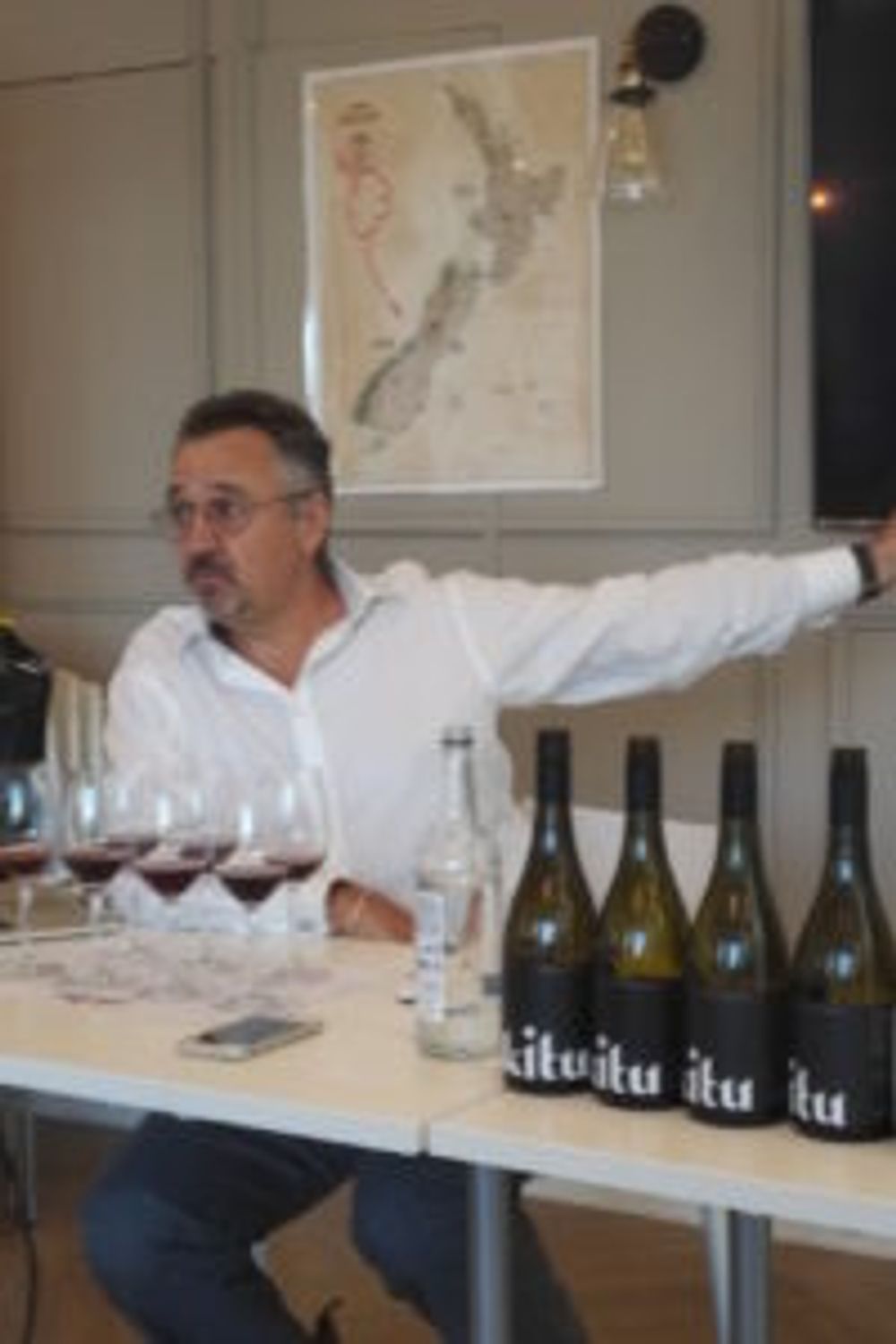
Andrew Donaldson at the Institute of the Masters of Wine, London, September 4, 2019
As a Central Otago native, former banker Donaldson had lived across the globe, travelled far and wide, only to decide to return to the relative solitude of Central Otago, to a lovely spot near Lake Wanaka where his grandparents had bought a house in 1959. The vines were planted in 2002 and initially the fruit was sold. The first Akitu-label wines were made in 2012.
In true Kiwi fashion, Donaldson remained self-deprecating when recounting the first encounter with his star winemaker PJ Charteris, a fellow Kiwi who has made wine across New Zealand, Australia, California, Oregon as well as in numerous classic wine regions of Europe. Faced with a stylistic question, Donaldson found himself lost for an answer. He wanted to make “just Pinot,” he remembered responding a tad naively, whereupon Charteris presented him with two very different Pinot blends. Plumping for the elegant, transparent and brisker style that, as he grins, “was like angels crying on your tongue” the Akitu style was decided. But before you think that Donaldson is lyrical – he freely admits that he borrowed this line from a famous Australian beer advert.
A2and A1really are different, but both are in an elegant mould. Yes, fruit speaks more openly in A2 but the vintages presented, i.e. 2017, 2016 and 2015, are a far cry from your average Central Otago fruit bomb – of which there are, thankfully, fewer and fewer these days. A2is juicy, spicy, vibrant and fresh. A1is a different matter altogether.
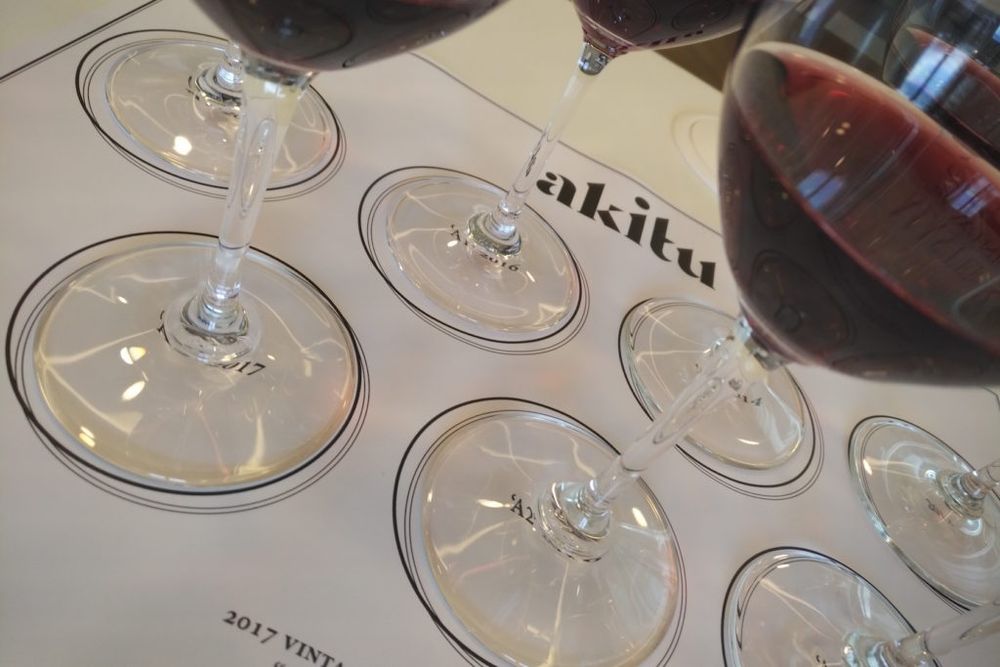
These wines take time to come out of their shell and reveal layer upon layer of shimmering, spicy nuance. Donaldson quotes Charteris’ maxim of “acid being the rails that tannin and fruit ride on.” The wines are slender and blessed with unusual savouriness. For Donaldson this is reminiscent of liquorice, for me it veers from white pepper to Chinese Five Spice, via herbal lift to cedar. These notions are set against an alluring red-fruited purity that is caught in the lovely freshness and tension of the wines.
The vineyard curves slightly towards the east and Donaldson reckons that the coolest, easternmost block, planted to the Abel clone, is the secret of the Akitu elegance: “it just catches the soft morning sun and is shaded by afternoon.” With just 20-25% new oak, Charteris lets the fruit speak and gets additional structure from partial whole-bunch ferments.
In Maori, Akitu means summit, apex, or highest point, Donaldson explains, but notes that once the name was chosen it also turned out to be a Japanese girl’s name as well as the name of a Babylonian festival, relating to planting and reaping – which is kind of neat.
Donaldson is clearly smitten with the wines, and far more than the “interested participant” in the wine industry he described himself as initially. He may have stumbled on this wine malarkey as an outsider, he may not prune the vines or make the wines, but he helps to facilitate the stylistic evolution of Central Otago. All that is extraordinary about the landscape is in these wines.
Akitu A1 Pinot Noir 2017: An initial, peppery lift immediately spells freshness. As some smokiness wears off, there is that hint of white pepper and that herbal savour of rain-wet rose hedge. The palate shines with tart redcurrant purity and tingles with spice at every swish of its slender body. The finish has grip and vivid freshness. Gorgeous.
